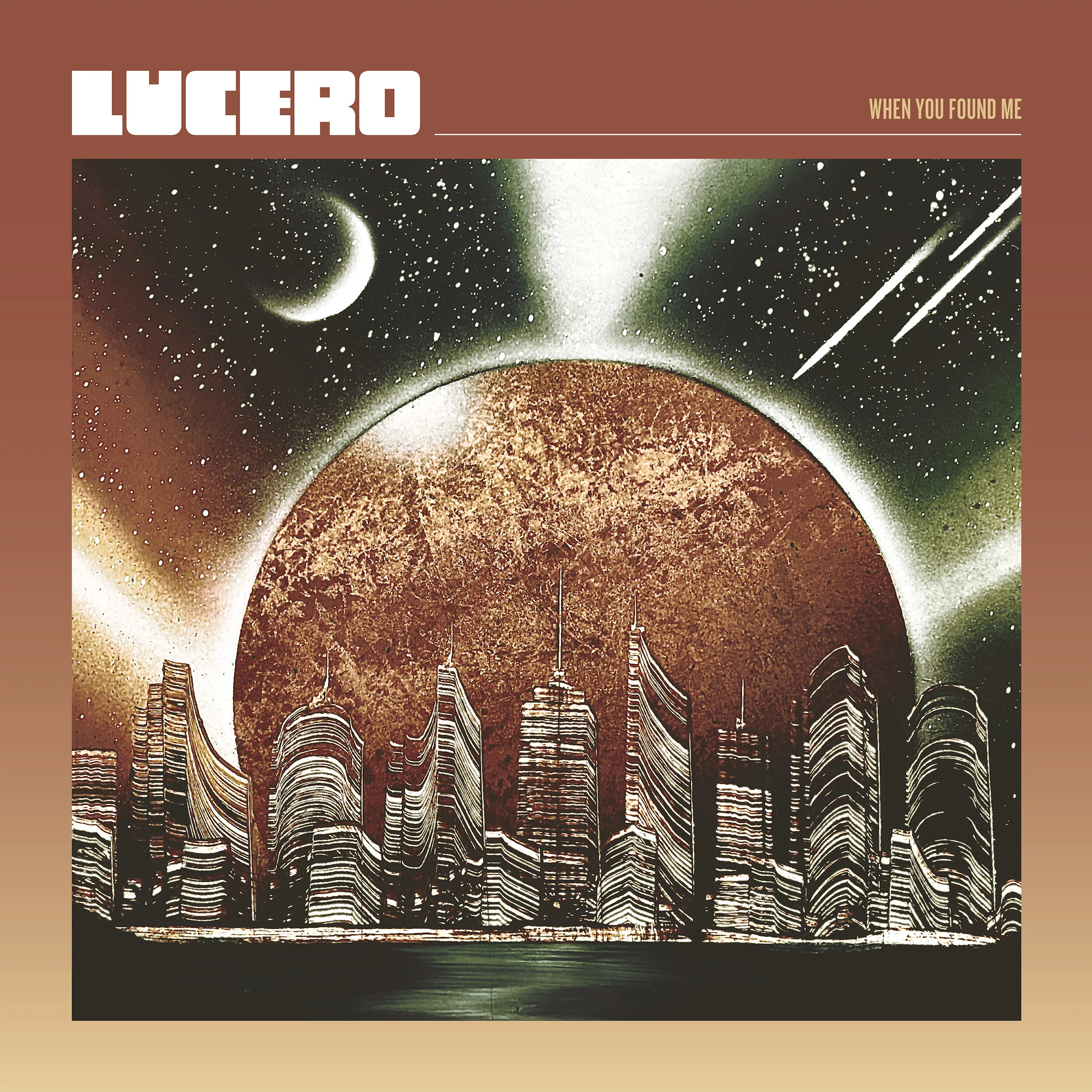Espanola - Espanola (Album Review)
Listening to the new self-titled album from Espanola is a bit like pulling on a pair of boots that you’ve worn every day for the last twenty years. This is music so comforting and worn-in; so natural and loose that, despite being released in 2019, stirs feelings of nostalgia and warmth normally reserved for those precious pieces of vinyl you’ve owned forever. As I listen I am forced to ask myself: “is this really happening?” and, as the vintage classics pour forth, I occasionally slap myself to check it isn’t a dream. It transpires I am fully awake and that this could be the realest thing I’ve heard in decades.
It’s taken Aaron Goldstein more than five years to assemble Espanola and, in the process, he’s come to realise that “perfection is a fool’s pursuit”. To that, I say praise be, because every single sonic wart on this record is far too beautiful to ever consider freezing off. Goldstein (a Canadian producer and pedal-steel session player of some note) has, perhaps unexpectedly, chosen the standard six-string electric to be at the core of his debut solo release. The fat (and I mean obese) guitar tones and standard-issue Hammond of opener ‘Tricks of the Heart’ make a statement of southern rock swaggery that cannot be faked. The more insistent chug of ‘A Lesson’ sees the record changing tack and tipping its hat to 80’s and 90’s punk (think Spike Slawson of Me First & The Gimmie Gimmies singing a Candy tune) but those ZZ Toptastic guitars are right back with ‘That Old Feeling’, which has an exquisitely loose drum groove and an intro halfway between The Allman Brothers and Focus, right? (that last bit should be read in a Fluff Freeman tone of voice, by the way).
It takes me until track seven to pinpoint who Goldstein reminds me of vocally and, unexpectedly, it’s Seattle’s own Damien Jurado that comes closest. Goldstein’s voice has the same endearing vulnerability, albeit amped up to a more muscular growl when necessary. Twin lead guitars and sentimental harmony vocals announce the more laid-back ‘Living Room Blues’ which, with weeping strings and melancholic lyric - “And when I feel the walls are closing in/I tell myself I can only lose again” - is a highlight of the record.
Later on, the psych heaviness of ‘Shoveling’, which wouldn’t normally be anywhere near my bag - it’s all heft and sludge as the title suggests - is inexplicably perfectly placed. My only complaint is that it teasingly fades out at four minutes when things are just picking up and it’s really the sort of track that ought to go on for half an afternoon. The more clear-eyed ‘Everyone You Know’ follows with - aside from a great howling solo - the guitars dialled down just a little, revealing some songwriting sensitivity in the vein of Counting Crows or Toad The Wet Sprocket. A welcome surprise.
The record signs off by reprising its title track in acoustic form, exposing more of the raw, downbeat emotion that is easy to miss earlier in the album but is nonetheless there when you go back for repeated spins. And it’s those repeated spins that make new records into classic records; records you befriend and grow old(er) with. Espanola serves up more of its riches and heart each time I hear it and I can well imagine getting to know it better by the year. It may be scruffy and it may be older than old-school but everything about it just fits.
Review by Rich Barnard.













As a founding member of legendary Canadian rockers Rush, Alex Lifeson sold millions of records and embarked on numerous world tours with bandmates Geddy Lee and Neil Peart. The trio played huge venues to a level of fan adoration that many of their contemporaries could only imagine. The only time I was lucky enough to catch the band was on their ‘Roll The Bones’ tour at London’s Wembley Arena. That night convinced me how special they could be, even if I wasn’t always totally convinced by their varied musical output. Rush played their last shows as a band in 2015, and with the sad passing of Neil Peart in 2020, the Rush story came to an understandable, albeit sad conclusion. This brings us to the question of what do you do when you have been there, done it and bought the t-shirt (and probably a very nice house)?